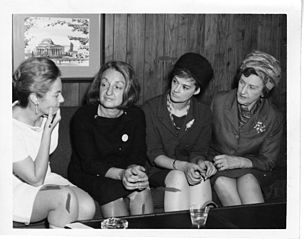Just Your Typical American Family
by admin - November 14th, 2013
When you are told to imagine what a typical family household in the fifties looked like, what would you think of? It would certainly not be anything similar to what you would see in today’s society. In today’s society a typical household is one where the kids go off to school and both parents go to work. Now I’m not saying that all families have two working parents but the majority do. Back in the fifties this was not the case. It was the father that would go off to work in the morning and leaving the mother at home with the children. She would cook, clean, and manage the house work every day. Make sure that the fridge is stocked and that all of the kids had done their homework and cleaned up for the day. Continue reading →

